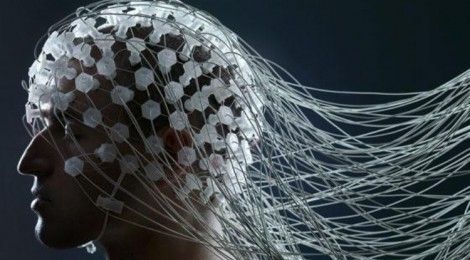EEG
March 1, 2017

Our brain cells are communicating with each other and that process uses electrical impulses to communicate. Electroencephalogram or (EEG) is used to evaluate these electrical impulses. EEG tests are used to detect potential problems or specific phenomena associated with brain activities.
An EEG test tracks and keeps records of brainwaves. Small metal disks which are attached to the scalp with wires are named as Electrodes. These Electrodes can analyze electrical impulses and conduct those signals to a computer then the results are stored or modified as the user desired.
History of EEG
When we consider about the history of EEG first test of the bioelectrical phenomena is found in 1791. Luigi Galvani a professor of anatomy in the University of Bologna found a neuromuscular electrical stimulation by studying a frog leg.
Discovery of EEG
Richard Caton (1842-1926) considered as the first EEG brain mapper and he also recorded electrical activities using exposed brains of rabbits, cats and monkeys by using a mirror galvanometer. He observed several brain areas which are associated with motor activities as well as mind states.
Hans Beger (1873-1941) recorded the first human brainwave and named it as Electroencephalogram. Introduction of two major brain wave patterns names Alpha and Beta waves.
Challenges
Even though EEG seems the low cost and better way to gather cognitive data, there are few challenges every researcher has to face and overcome.
Noise in collected data is one of the major issue in EEG tests. These are few examples of how noise generated in EEG tests
- Noise generated from surrounding electromagnetic signals other than the brainwaves.
- Muscle artifacts can also be prominent when the measuring the waves which becomes noise in the feed signal.
- Blink artifacts are attributed to alterations in conductance arising from contact of the eyelid with the cornea.
- Moreover sweat can also be an interference by react with electrodes and changing the impedance.
Because of the noise large set of subjects need to extract useful informations from a set and noise removal or filtering is needed.
It needs a long time to prepare for the test. Adding saline or gel to electrodes place them in correct places is a long and tiresome process.
Frequency bands in EEG
Mainly there are 4 types of brainwaves divided from frequency bands:
| Delta | < 4 |
| Theta | 4 <= and < 8 |
| Alpha | 8 <= and < 14 |
| Beta | >= 14 |
Other than these main four there can be sub frequencies which are introduced on research purpose by researchers.
Studying these brainwave patterns and by adding advanced computer science techniques people has done many inventions such as controlling drones, toy vehicles, emotion recognition, lie detectors etc. It seems the day we feel and control “The force” is not so far.
References: EMOTION DETECTION FROM EEG SIGNALS: CORRELATING CEREBRAL CORTEX ACTIVITY WITH MUSIC EVOKED EMOTION By E. Yurci